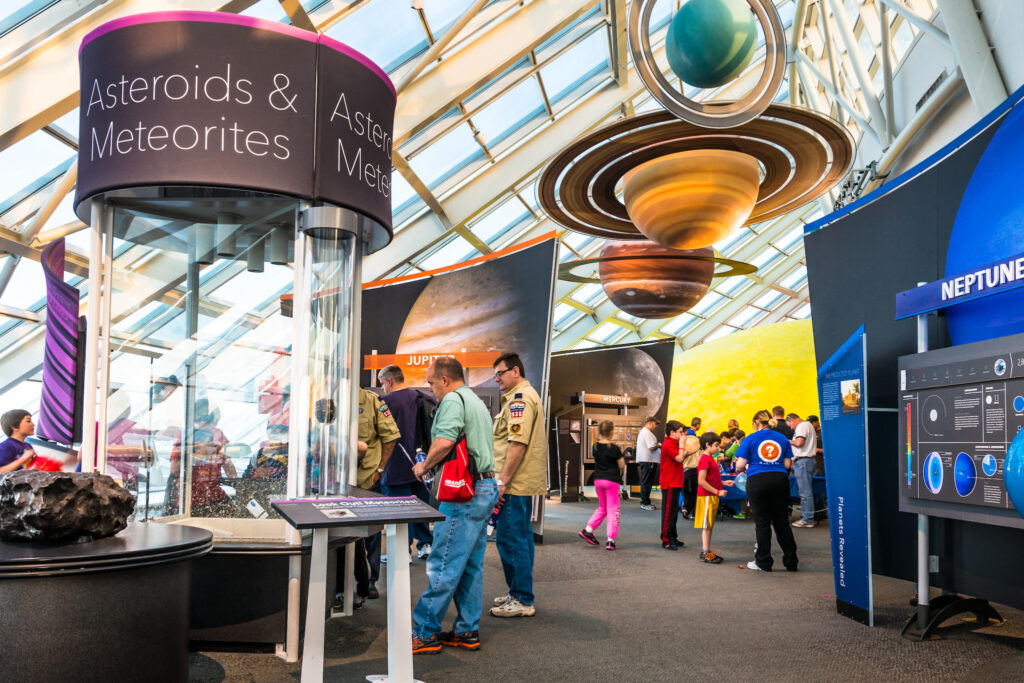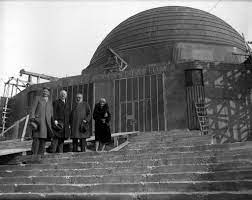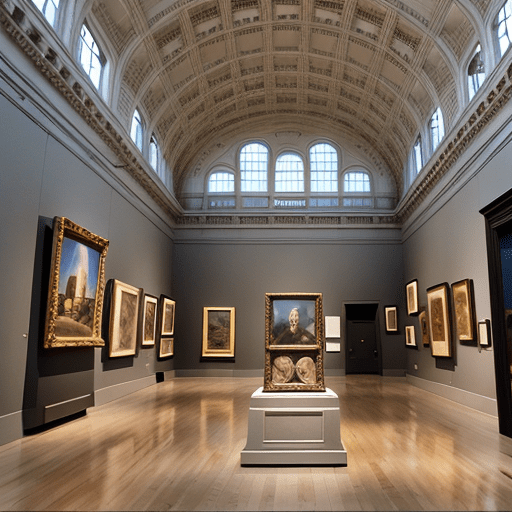The Adler Planetarium: An Astronomical Marvel of Chicago
The Adler Planetarium is an emblematic public museum nestled in the heart of Chicago. Dedicated to unraveling the mysteries of the cosmos, it has been a beacon of astronomical knowledge since its inception in 1930.
The Foundation of Adler Planetarium
Founded by the local businessman Max Adler in 1930, the Adler Planetarium was a pioneering establishment, marking its place as the first planetarium in the United States. This monumental institution is located at the northeastern tip of Northerly Island on Lake Michigan, serving as a part of Chicago’s renowned Museum Campus that also includes the John G. Shedd Aquarium and The Field Museum.
A Deeper Look into the Adler Planetarium
The Adler Planetarium was officially open to the public on May 12, 1930. The distinctive architectural design of the planetarium was the brainchild of Ernest A. Grunsfeld Jr., who was lauded with the gold medal of the Chicago chapter of the American Institute of Architects in 1931 for his design.
The Planetarium houses three theaters and several space science exhibitions, including the Gemini 12 space capsule. It also boasts a collection of antique scientific instruments and print materials.
Adler Planetarium: An Architectural Marvel
The architectural style of the Planetarium, designed by Ernest Grunsfeld Jr., is a striking exemplification of Art Deco. The planetarium was added to the National Register of Historic Places and declared a National Historic Landmark in 1987.

A Stroll through the Adler Planetarium
The Planetarium is surrounded by awe-inspiring sculptures, including “Man Enters the Cosmos” by Henry Moore (1980); “Spiral Galaxy” by John David Mooney (1998); and “America’s Courtyard” by Ary Perez and Denise Milan.
History of the Adler Planetarium
The Planetarium has a rich history that dates back to the early 20th century. The idea for a planetarium was conceived by Oskar von Miller of the Deutsches Museum in 1913. He commissioned Carl Zeiss Works to design a mechanism that could project an image of celestial bodies onto a dome. This invention, achieved by Walther Bauersfeld, became known as a planetarium and debuted in 1923.

The Journey to the Adler Planetarium
Max Adler, a former executive with Sears, Roebuck & Co. in Chicago, Illinois, had recently retired to focus on philanthropic endeavors. After hearing about the Munich planetarium, Adler decided that a planetarium would fit well within the emerging Museum Campus in Chicago. He visited the Munich planetarium with his cousin, architect Ernest Grunsfeld Jr., whom he commissioned to design the Chicago structure.
The Adler Planetarium’s Establishment
Adler offered $500,000 in 1928 for the construction of the first planetarium in the Western Hemisphere. The Adler Planetarium and Astronomical Museum opened on Adler’s birthday, May 12, 1930.
Timeline of the Adler Planetarium
Here’s a brief timeline of the Planetarium:
- 1923 – Walther Bauersfeld designs an optical projection device, creating the modern planetarium.
- 1928 – Max Adler and architect Ernest Grunsfeld travel to Germany.
- 1930 – Max Adler purchases the collection of A. W. Mensing at an auction in Amsterdam. The Adler Planetarium opens to the public on Max Adler’s birthday, May 12.
- 1941 – Philip Fox is deployed to the Army; Assistant Director Maude Bennot is appointed acting director of the Planetarium during his absence.
- 1973 – A new underground expansion opens to the public on May 12.
Adler Planetarium’s Research
The Planetarium’s Astronomy department and Webster Institute for the History of Astronomy conduct and publish research for both the scientific community and the general public. Adler astronomers possess expertise in many areas of astronomy as well as other closely related science fields.
The Planetarium is home to the Space Visualization Laboratory (SVL), inaugurated in 2007 to virtually explore the Universe. It is also the U.S. headquarters of The Zooniverse, a citizen science platform that designs and builds citizen science projects.
Theaters at the Planetarium
The Adler Planetarium features three domed theaters. The largest, the Grainger Sky Theater, has a dome that measures over 69 feet in diameter.
Programs at the Planetarium
The Planetarium hosts a variety of programs. ‘Adler After Dark’ is a 21+ evening event that was voted “Best After Hours Event” of 2013 by the Chicago Reader and “Best Date Night” by Chicago Parent. ‘Astro Overnights’ give families a chance to spend a night under the stars at the Adler.
The Adler Planetarium: A Testament to Space Exploration
In essence, the Planetarium stands as a testament to the exploration and understanding of the universe, offering a unique blend of history, science, and art. It is a beacon of astronomical knowledge and a must-visit landmark for anyone visiting Chicago.
Visit the Adler Planetarium’s official website for more information.


